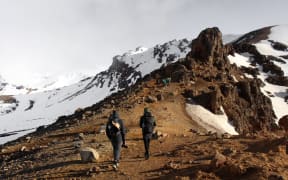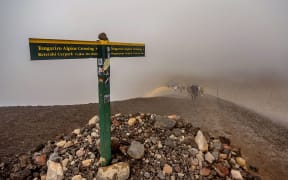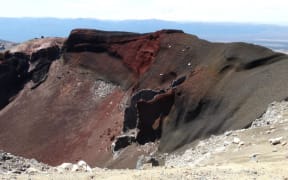New Zealand trampers have been ignoring the rāhui at Tongariro National Park, which could threaten its World Heritage Status, the Department of Conservation (DOC) and local iwi say.
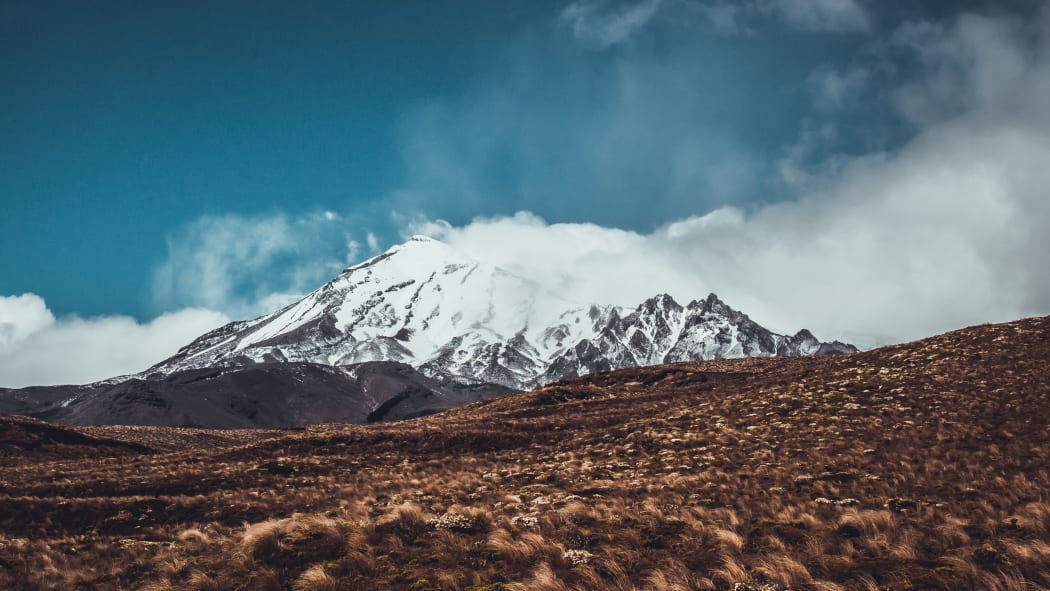
Tongariro National Park. Photo: Unsplash / Antoine Barres
The park has been under the temporary restriction, or rāhui, twice already this year following the deaths of two trampers on the Tongariro Crossing, but DOC Tongariro Operations Manager Connie Norgate said people were not adhering to the rāhui.
"We do get challenged on it mostly by New Zealanders - they really struggle to understand the concept of it and are often quite willing to come and give their two cents on it."
When a rāhui was put in place, information centres were notified, signs were put up at the entrances of the track and DOC staff were onsite to inform trampers to take alternative routes, Norgate said.
Ngāti Hikairo spokesman Te Ngaehe Wanikau said it broke the hearts of his people that some trampers weren't respecting the rāhui.
"It was for the reason of cultural significance that Tongariro was made the first dual heritage National Park in the world - it was for the very cultural values that were expressed in Tumu Te Heuheu's proposal to the world."
"At an international level the world acknowledged the cultural of Tongariro [and] what breaks our heart, and I will give a saying that's from Ngāti Hikairo but it's connected to what was foreseen if the values were broken of this treasure that's there for everyone and it goes like this:
"Ka tapa ki te tai o te atarau - as the dawn tide ebbs - ka huri aku kamo ki te tihi o Tongariro - turn towards the summit of my ancestor Tongariro - ki nga hihi o te ra e piata mai ana - to the shimmering light of a new day - and my heart mourns."
A rāhui was put in place when there is a death to allow time for healing, for not only the environment, but the grieving whānau and those who were involved in the recovery of the body, Wanikau said.
"These people - layer upon layer of trauma in these recoveries is placed upon these people [and] rāhui is an acknowledgement of that, so when we do rāhui for the three days, the intent is manaaki whenua: to care for, to nurture, to acknowledge the trauma to the land - but just as importantly - manaaki tangata: to nurture, protect, embrace the people that are directly affected by a loss, a tragedy."
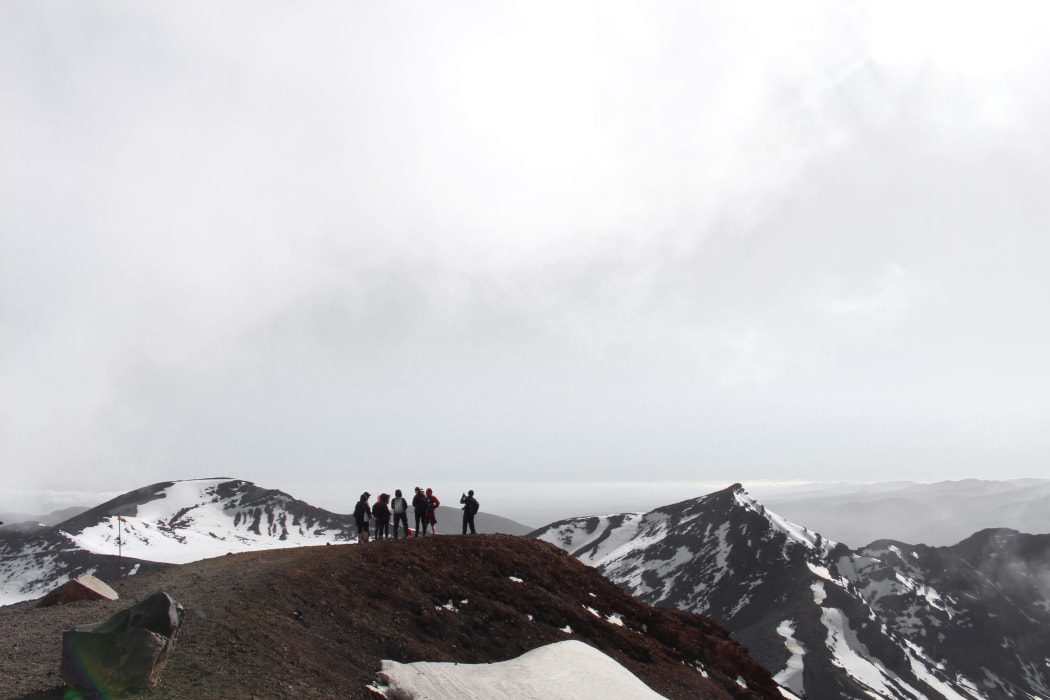
People on the Tongariro Alpine Crossing. Photo: Unsplash / Emily Woolerton
He said that there was nothing he could do to stop people from doing the crossing, although those "at the coal face in the national park" were doing there best to stop people if they were ill-prepared.
"If I turn up there and I have people that are obviously incapable of doing the crossing or not dressed well for an alpine environment, I cannot stop them going up there - and then you get a rāhui".
Terry Blumhardt, who ran Tongariro Guided Walks, said that respecting the rāhui was part of what they did, just as they took a different route or didn't do guided tours when the weather was bad.
"I don't feel that Tongariro is just another National Park... it was the first and it's very origins come from it's cultural significance so we can't really expect to have our cake and eat it too.
"If we're looking for a business that is a robust model and all about dollars and cents I'd suggest that this probably isn't the place for you to be working."
A review into the World Heritage Status of Tongariro Park is due next year.
